Alotta Money, VRtigo, 2020, 2443 x 1800px
Are NFTs the Future of the Art Market?
We spoke to the leading artists, collectors and entrepreneurs in the rapidly evolving world of NFTs to understand what lies ahead.
Artists never sit still. They are, as poet Ezra Pound declared, “the antenna of the human race”, always exploring, experimenting, producing new forms of art and pushing the boundaries of our thinking as a society. Artists often seek out the tools of their time and at Verisart we pride ourselves on supporting artists who work across a broad range of mediums and championing those who connect with audiences in new ways.
Last year, we published an article about artists working with AI, highlighting their collaborative work with software code. In this article, we speak exclusively to the leading artists, collectors and entrepreneurs in the rapidly evolving world of non-fungible tokens, known as NFTs, to understand what lies ahead.
How NFTs Work
NFTs are unique cryptographic tokens, many of which use the Ethereum ERC-721 Smart Contract. They can be used for trading collectibles like digital baseball cards or in-game purchases. You don’t need to be a programmer to make an NFT as several platforms allow anyone to transform digital files into NFTs. Once generated, an NFT provides verifiable digital scarcity and helps artists effectively monetize their digital work. Collectors buy the NFTs and the artist can also craft NFTs to support royalty payments in the case of a resale.
Christie’s sold its first NFT on October 7, 2020 in New York. The work, Robert Alice’s Block 21, included an NFT along with a physical painting and sold for $131,250, over 10 times its low estimate. It reminded people of the sale of Portrait of Edmond Belamy by the artist group Obvious two years earlier which sold $432,500, over 60 times its low estimate, and catapulted AI art into the consciousness of the wider art market.
The artist Robert Alice explained, “not since the printing press has a technology so radically reorientated power of production back into control of the artist”.
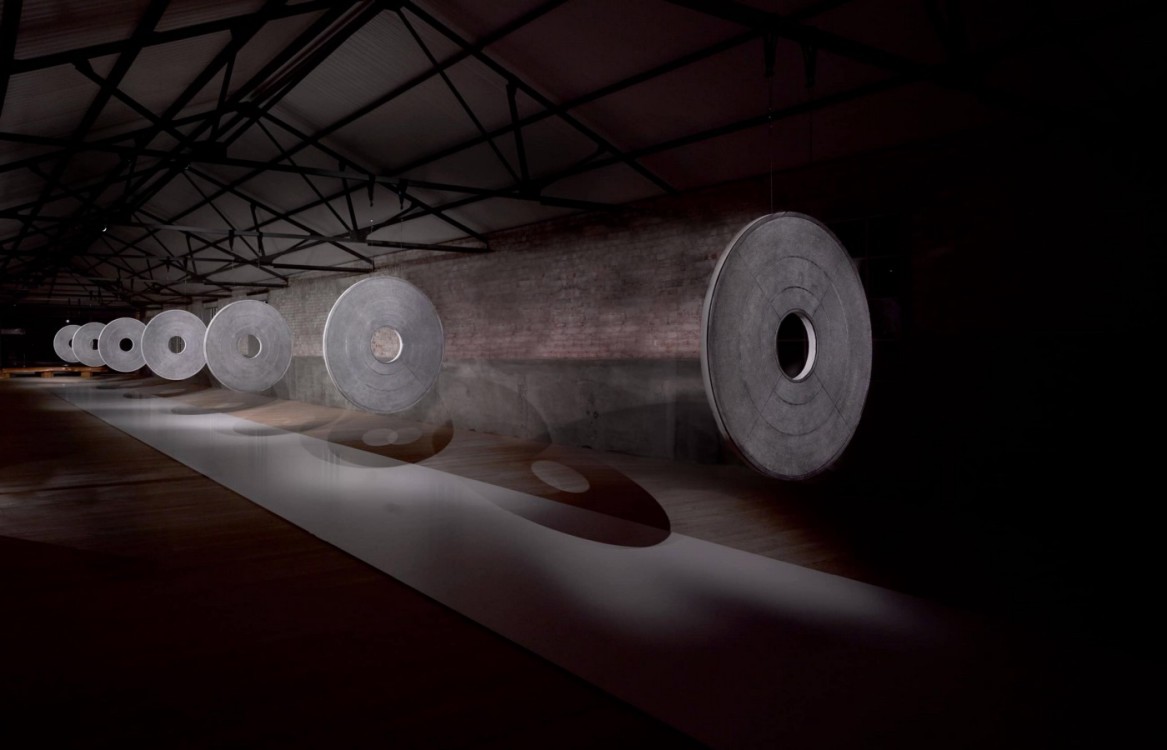
While the first NFT-like tokens emerged in 2012, this year the NFT art market grew exponentially, fueled by increasing interest from collectors and speculators. According to analytics site NonFungible.com, the NFT art market has notched up over $11 million in all-time sales. Several marketplaces such as OpenSea, SuperRare, Rarible, Makersplace and Nifty Gateway facilitate the buying and selling of NFTs. SuperRare stands out with its successful formula of a curated artist platform selling over 700 works a month and facilitating over $6.5 million worth of transactions since it launched in 2017.
“There are a number of factors playing into the recent interest in NFTs. Firstly, Covid has forced the closure of nearly all in-person art events and thrust NFT art, exhibited in virtual spaces, into the spotlight. Secondly, 2020 saw an increased interest in crypto generally causing new people to look at digital art and NFTs. Finally, NFT art communities have grown steadily over the past 3 years and organically started to reach critical mass, attracting larger audiences,” said John Crain, CEO, SuperRare.
Record Highs Set
NFT collections regularly sell out in seconds as collectors vie with each other to claim their unique asset. Earlier this month Nifty Gateway auctioned a collection of NFTs by digital artist Beeple for $3.5million making it the world’s most valuable NFT collection. Another artist Trevor Jones, who started selling NFTs only last year, broke the world record for the price of a single NFT. His work Ethboy, a collaboration with artist Alotta Money, sold for over $141,500 on November 21, 2020. Trevor Jones won Best Art NFT at this year’s inaugural NFT Awards for his Picasso’s Bull #1/1 and believes the market for NFTs will soon reflect the legacy art market.
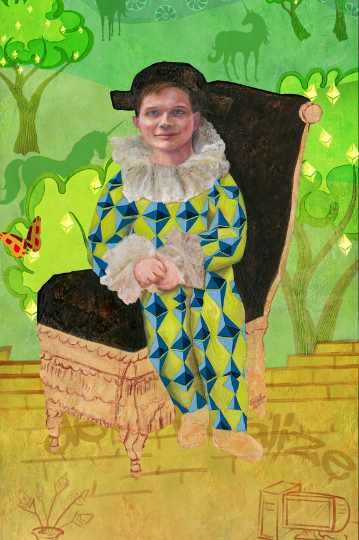
“I realize it’s crypto artist blasphemy to make this statement, but this is how I see it playing out. The market will eventually consist of many subcategories and communities. In the next few years, as the space grows, these unique communities of artists will split off from the umbrella label of ‘cryptoart’ driven by their own philosophies, expectations, and individual markets,” Trevor Jones said.

Another artist riding the NFT wave is Lucho Poletti whose works are being snapped up in flash sales also known as ‘drops’. His first collection, released on Nifty Gateway on September 3, 2020, sold out in seconds and netted him $20,000. Less than two months later, his second collection also sold out in seconds earning him $40,000.
“Artists are electing freely to drop their best works on these sorts of platforms and many collections are selling out nearly instantly. These two collections are probably my best artworks for this year, each featuring 3 animated pieces and I also sell prints of the vector art certified using Verisart,” said Poletti.
A New Generation of Art Collectors
Many artists see these digital sales as an extension of their overall art practice. Robert Alice, Trevor Jones and Lucho Poletti all work across digital and analog realms. Trevor Jones regards himself as a traditional painter and explains how his NFTs always derive from his real-world paintings.
“The majority of my NFTs are animations of my physical artwork and are sold as separate unique works. They are two separate creative expressions, displayed differently and engaged with differently. Although sometimes they can be sold to a collector as a ‘set’, I still see them both as unique artworks and therefore can be owned by two different collectors,” explains Trevor Jones.
Collectors appreciate the digital scarcity of these NFTs and the fact that the ownership information is stored on the blockchain. The collector Jeremy Zahora has amassed 240 NFTs including works by Trevor Jones, Jose Delbo, Goldweard, Twisted Vacancy, Giant Swan, Vincent Ubags, Jon Noorlander, Jon Burgerman, Metageist, Pr1mal Cypher, Yiying Lu, Hackatao, Lucho Poletti and Fewocious.
“It’s something new and exciting and I like that NFTs ensure that the artists are fairly compensated for their work and receive a commission each time the work changes hands. Artists historically didn’t enjoy any portion of secondary sales so this is really great for them,” Jeremey Zahora said.
Blockchain Certification
Artist Vesa Kivinen has been working as a digital artist since 2008. He saw the potential for blockchain and the art world early on and has pioneered new forms of creative expression. He founded his platform ArtForCrypto.com in 2017 and the same year started using Verisart, the digital certification provider.
Presenting art that references blockchain such as Fork And Flip and I Am Satoshi Nakamoto, Vesa shares his certificates with his community on Twitter.
“Right now NFTs are just coming out of the woodwork and people are just starting to realize there’s energy here, there’s future here, there’s money even here. It feels like only yesterday it was a joke to most people. What I can now claim boldly, is that I think within the next 10 years we’re going to see a digital piece that will surpass any physical art piece sold ever before. The reason for this is that the majority of our lives are moving into the digital world,” Vesa Kivinen said.
Several artists already use Verisart for certifying NFTs and physical works. Each Verisart certificate includes the artwork image and details as well as the current owner key, URL, secure QR code and a unique blockchain address. Sign up for a free account here: https://verisart.com/signup
Lucho Poletti enjoys how Verisart lets him customize the certificates and formats them for easy print out to sign and share with his collectors.
“These certificates provide a good bit of value for collectors. Besides adding my own sort of branded touches to the certs, I actually print the certificates out on fine art paper and sign and number the backs of each of them to send along with the prints and the Bitcoin enthusiasts appreciate having that authentication event broadcasted on the Bitcoin blockchain,” said Lucho Poletti.
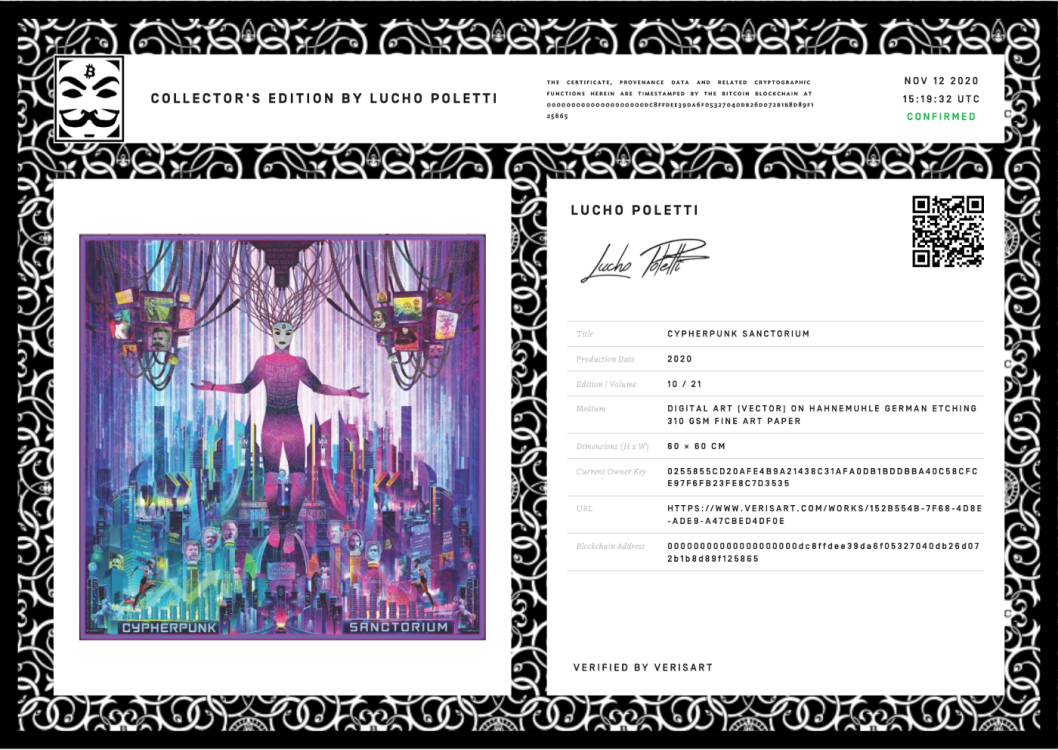
Socializing in a virtual art world
Artists and collectors championing NFT art understand the importance of building ties with the community. Virtual worlds built on the Ethereum blockchain such as CryptoVoxels and Somnium Space allow users to buy virtual real estate, display their works and interact with each other. Async Art, a platform for creating, buying and selling NFTs, enables artists to make programmable art that can be customized by the owner of the NFT. Trevor Jones and Alotta Money’s Ethboy, for example, was sold with “accessories” which the owner can decide to incorporate into the final piece.
Colborn Bell, co-founder of the Museum of Crypto Art, built his virtual reality museum on Somnium Space to showcase NFTs and Crypto art. As someone more interested in showcasing rather than speculating, he was seeking a place to bring these works to virtual spaces for all to enjoy.
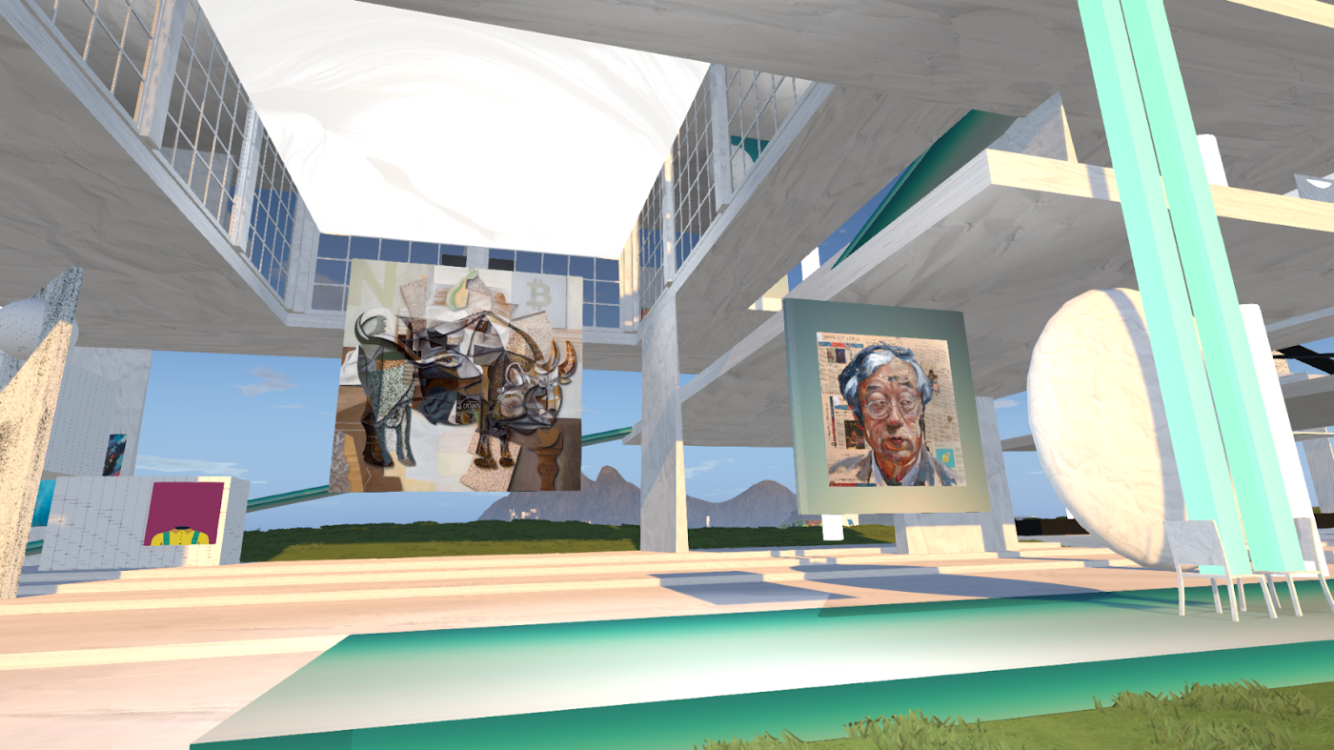
“It sprung from the passion of what these virtual lands could be. The philosophical conversation of what is the world we want to see? And the world we want to create and invite people into is going to be the most beautiful world. So how do we begin to forge partnerships with digital creators and the people who could be these architects, designers or artists of these metaverse spaces?” Colborn Bell said.
As VR and AR create new opportunities for artists to display their works and tools such as Hubs by Mozilla make it easier than ever to take part, the art becomes the environment and the traditional roles of artist and gallerist begin to merge.
“For many people, art is a social experience. Art sparks conversations, makes individuals ask questions, and starts controversy. Bringing these elements into the digital art experience is critical for its success,” said John Crain.
What’s next?
The NFT art market has benefited from the increasing numbers of crypto natives and the all-time price highs set by Bitcoin in 2020 but it also reflects a genuine interest in new technologies that enable provable digital scarcity.
The excitement about NFTs this year resembles the birth of the street art movement in the 1980s. Instead of concrete, there’s the cloud and an unlimited canvas for creation and co-creation. Both movements were started by a fringe group of passionate artists, challenging the artistic norms of the time. They share a common interest in a democratic space for exchange and creation. They both wish to bring art out of the gallery and into public spaces.
Long disregarded by the art market, street art is today an established part of the contemporary art market and sells for significant prices. For example, Banksy’s Girl with Balloon print, from an edition of 150, sold at Sotheby’s on September 18th, 2020 for £438,500. When these signed prints were first sold in 2004, they cost £150, generating an astonishing 2,900x return.
Whether digital art will ever surpass the value of physical art in terms of volume or value remains highly contentious but these artists and collectors represent the true pioneers in the NFT art market. As Robert Alice explained, to create long-term value, “we must fund more academic and art-historical work into the idea of NFTs as a medium. We must foster more work that is conceptually engaging and explores what an NFT is. We must appeal and engage the traditional fine art world.”
For now, we can celebrate what these pioneers have created and better still, we can all take part ourselves at the click of a button.
Get creating!
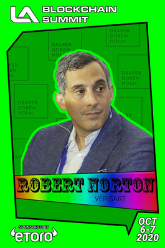
To learn more about Verisart’s secure digital certificates of authenticity, visit: www.verisart.com
P.S. You can even find an NFT of Robert Norton, founder and CEO of Verisart, which is being sold at the LA Blockchain Summit COVID-19 relief auction.